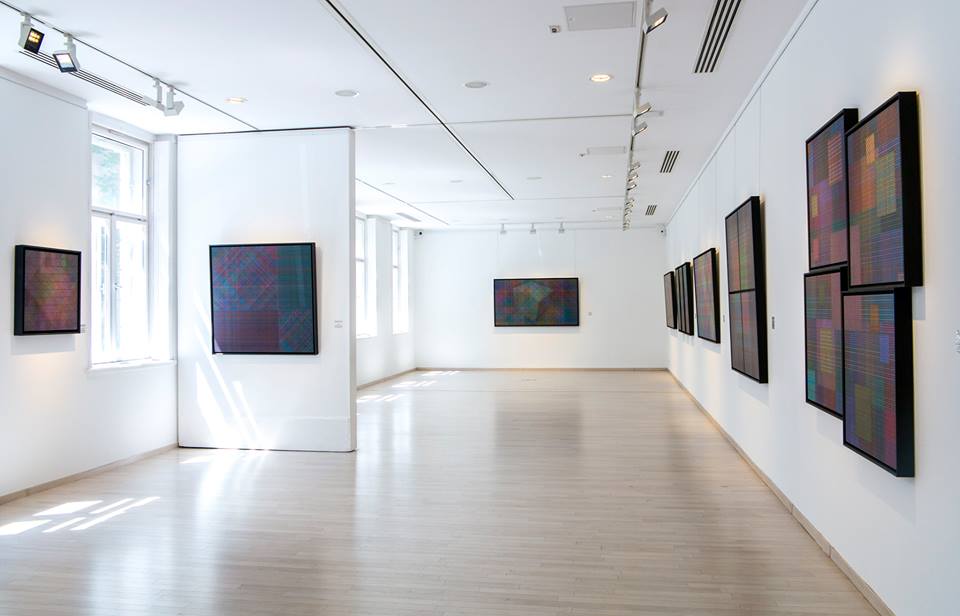2/8
“Beasty Models”
Trafó Gallery is hosting the first Hungarian solo show of one of the most non-conformist artists of the Slovakian young art scene, Radovan Čerevka. Čerevka’s career is entangled with his hometown Košice, where he is now teaching, and where he founded the artist collective Kassa Boys in 2006 with Peter Vrábel’ and Tomáś Makara. Their activity has usually been surrounded by scandals which is due to the fact that they work with the taboos of Slovakian politics, using overidentification as part of their critical methodology. Čerevka’s individual work received appreciation through the trendsetteing Slovak Oskar Čepan Award in 2013. Čerevka’s solo exhibition is dealing with the images of Islamophobia, and it also gives an overview of the artist’s recent installation practice in which the language of games merges with that of different media.
Where: Trafó Gallery – Budapest 1094, Tűzoltó u. 11
The exhibition can be visited until June 19th.












